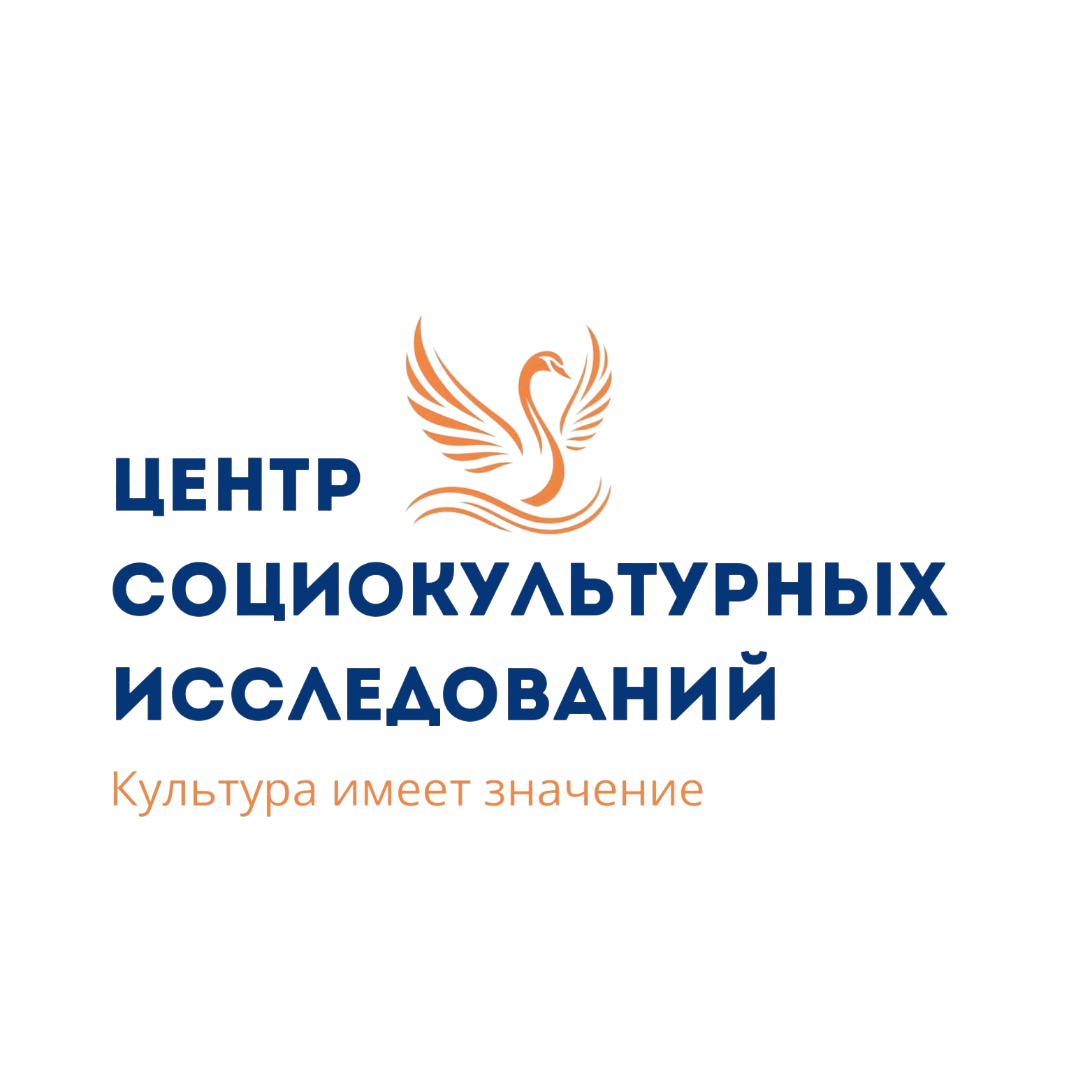Поиск новых скрытых интеграционных паттернов в исследованиях аккультурации
Уважаемые коллеги!
Центр социокультурных исследований НИУ ВШЭ
приглашает Вас на серию научных семинаров «Культура имеет значение».
В рамках данного семинара выступит
Петра Сидлер
Докторант, Национальный центр компетенций в области исследований связи миграции и мобильности
и Университет прикладных наук Северо-Западной Швейцарии
с докладом на тему:
«Поиск новых скрытых интеграционных паттернов в исследованиях аккультурации»
Семинар состоится 25 февраля 2021 года в 15:00 в дистанционном формате на платформе Zoom.
Рабочий язык – английский
Резюме
The most common definition of “integration” in acculturation research refers to John Berry’s two-dimensional acculturation attitudes measurement, which focuses on two issues: first, whether immigrants’ maintenance of cultural heritage and, second, whether immigrants’ adoption of majority culture is considered to be of value (Berry et al. 1989). By this logic, integration is understood as the condition when immigrants are maintaining their cultural heritage, while also adopting the dominant majority culture.
Berry’s approach, while valuable, has two limitations for understanding patterns of acculturation attitudes of immigrant and native pupils. What if there exists a wider heterogeneity in patterns of acculturation attitudes that is not adequately measured by the method described above? Additionally, what if we look at integration as something that concerns not only immigrants, but the society as a whole i.e. immigrants, natives, and institutions?
We have analyzed questionnaire data taken in 2019 of 1160 secondary school pupils in Swiss, German, and Greek schools. We used a newly constructed four-dimensional acculturation attitudes scale taking into account that acculturation attitudes are held not only towards immigrant pupils, but also towards native pupils and towards schools’ responsibility of supporting intercultural exchange. We then applied a latent profile analysis (LPA) to facilitate the needed empirical heterogeneity in acculturation patterns. By using LPA, we will identify and empirically validate latent integration patterns, and we will discuss these results in relation to two groups, i.e. native and immigrant pupils.

